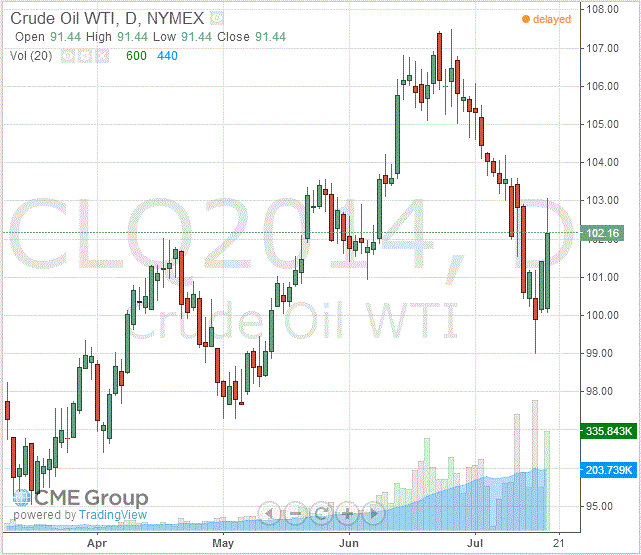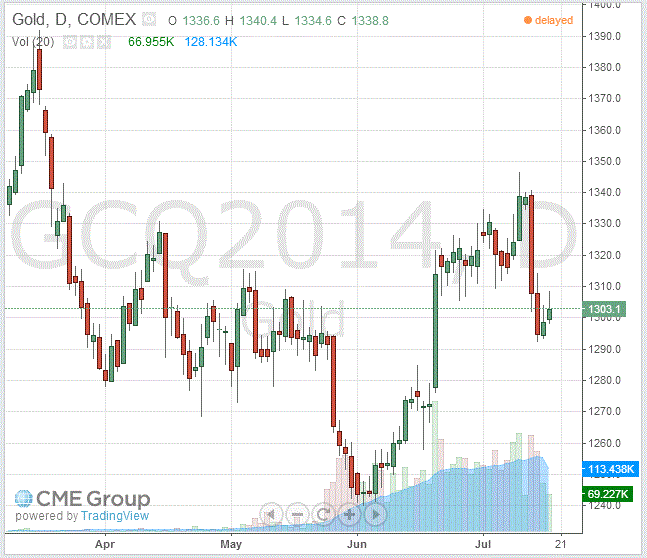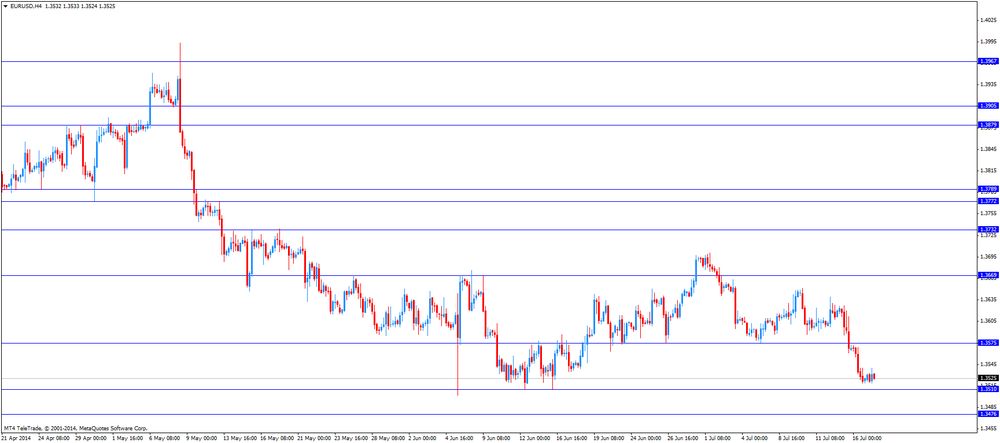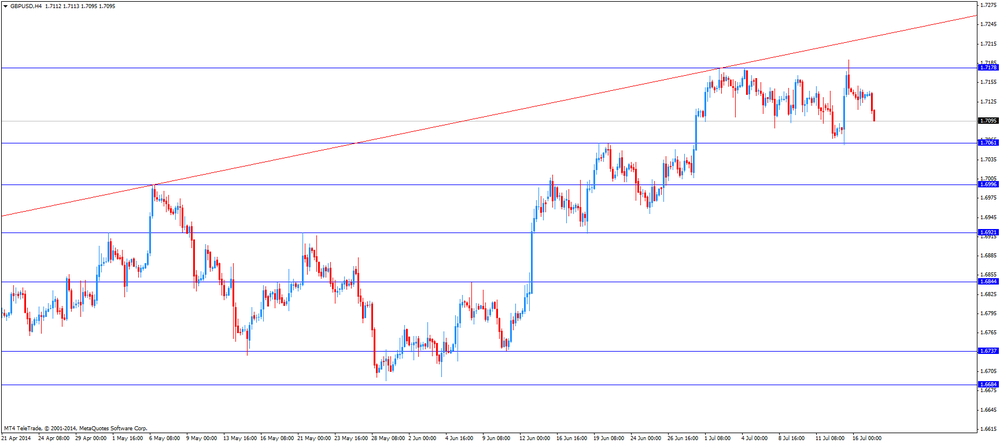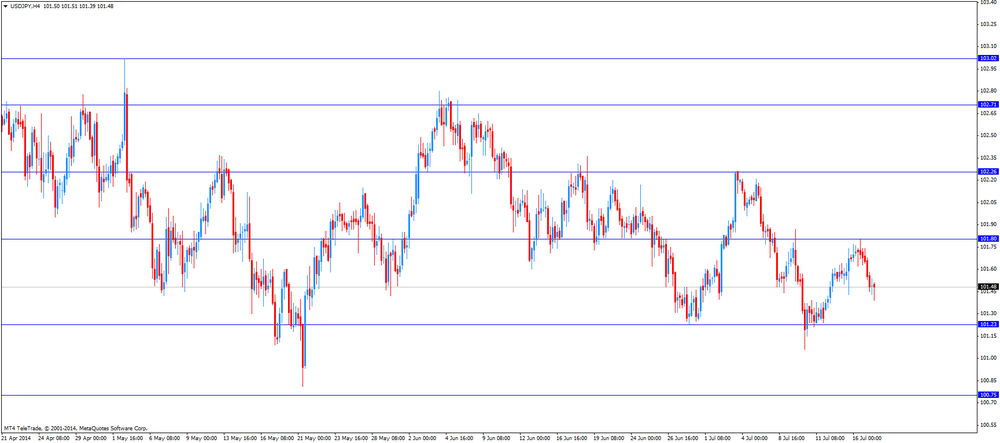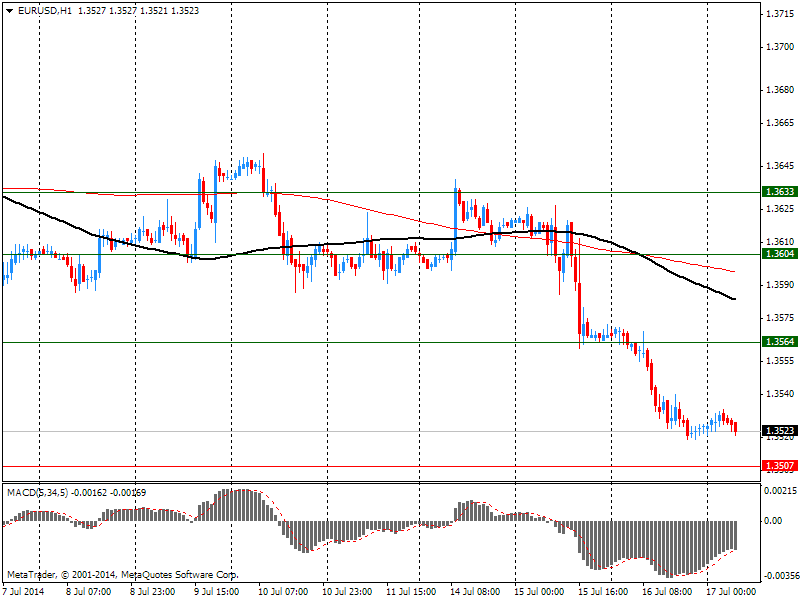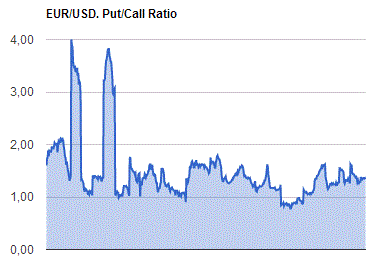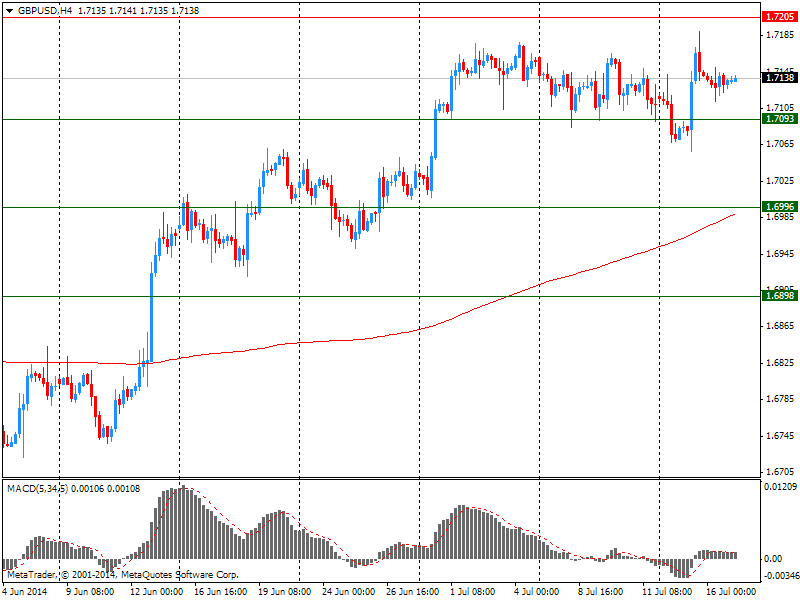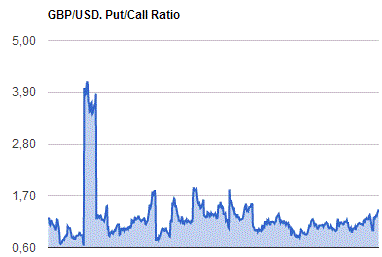The U.S. dollar traded mixed to higher against the most major currencies after the U.S. economic data. The number of initial jobless claims declined by 3,000 to 302,000 last week, missing expectations for a rise to 310,000.
The Federal Reserve Bank of Philadelphia manufacturing index rose to 23.9 July from 17.8 in June. Analysts had expected the index to decline to 15.6.
Housing starts dropped 9.3% in June, to an annual rate of 893,000 units, missing expectations of 1,020,000 units, after 985,000 units in May. That was the lowest level since September 2013. May's figure was revised down from 1,001,000 units.
Building permits declined 4.3% in June, o a rate of 963,000 units, missing forecasts of 1,040,000 units, after 1,005,000 units in May. May's figure was revised up from 991,000 units.
The euro traded mixed against the U.S. dollar after Eurozone's consumer inflation. Eurozone's consumer inflation rose 0.5% in June, in line with expectations, after a 0.5% gain in May. The consumer inflation remained below the European Central Bank's 2% target. Inflation in the Eurozone has been below 1% since October 2013.
On a monthly basis, consumer price index climbed 0.1% in June, after a 0.1% decline in May.
Consumer price index excluding food, energy, alcohol, and tobacco costs climbed 0.8% in June, in line with expectations, after a 0.8% rise in May.
The British pound traded lower against the U.S. dollar in the absence of any major market reports in the UK.
The Canadian dollar traded higher against the U.S. after foreign investment data from Canada. Foreign investment in Canada climbed by C$21.43 billion in May, exceeding expectations of C$14.23 billion.
The New Zealand dollar traded lower against the U.S dollar. The U.S. dollar still supported by Tuesday's comments by the Fed Chair Janet Yellen. Yesterday's weaker-than-expected consumer inflation in New Zealand dollar also weighed on the kiwi. New Zealand's consumer price index increased 0.3% in the second quarter, missing expectations for a 0.5% rise, after a 0.3% gain in the previous quarter. Market participants speculate if the Reserve Bank of New Zealand will hike its interest rate this year.
No major economic reports were released in New Zealand.
The Australian dollar traded mixed against the U.S. dollar after the release of economic data in Australia. The National Australia Bank business confidence index declined to 6 in the second quarter from 7 in the first quarter. The first quarter's figure was revised up from 6.
The Conference Board leading index for Australia increased by 0.2% in May, after a 0.2% decrease in April. April's figure was revised down from a 0.1% fall.
The Japanese yen traded higher against the U.S. dollar due to increasing demand for safe-haven currency as the United States announced new sanctions against Russia. No major economic reports were released in Japan.
